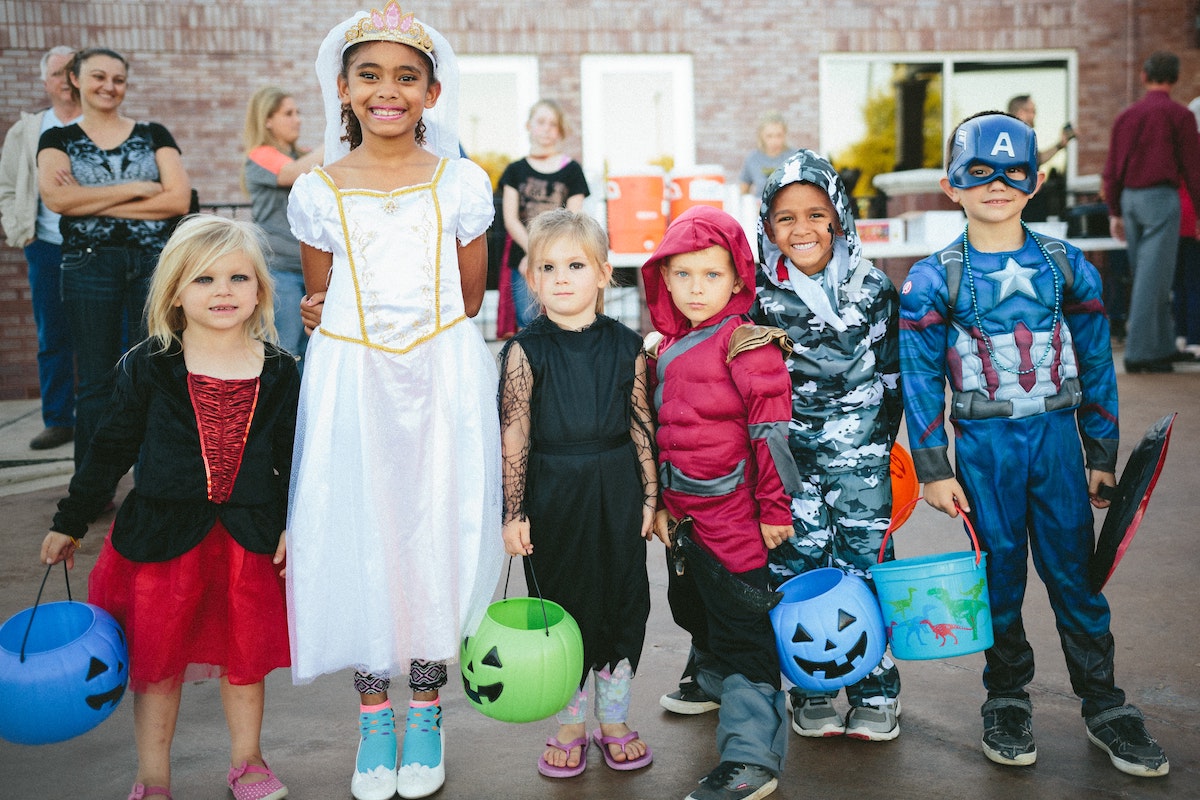The holidays can be fun and sweet. They can also be stressful and nerve-wracking, especially when your child has a disability or other challenges that make it harder or more involved for them to engage in the same activities as other children their age. Mental health and other disabilities that are not “obvious” to outside eyes can be especially hard.
Halloween typically ushers in school parties, other events, different food and lots of schedule disruptions, not just for Halloween itself but for the next nine weeks through New Year’s Day. Life can feel like it is turning into a horror movie instead of a Hallmark movie. What are some ways we as families can support each other?
We can begin by accepting each other and also knowing that it’s OK to expect others to accept us as we are. Not everybody celebrates the slate of upcoming holidays, and among those who do, the ways we celebrate them can be very different. We can be careful to not make assumptions about any of that and ask each other what works best for our families.
For those of you who are celebrating Halloween and welcoming trick or treaters, we encourage you to consider putting out pumpkins that show your support for all children. A teal-colored pumpkin represents food allergy awareness and lets trick or treaters know that you have non-food treats for children with food allergies. A blue pumpkin represents autism awareness and your acceptance of trick or treaters with autism who may have sensory issues or may not communicate or interact in the same way as other children. A purple pumpkin represents epilepsy awareness.
You can read more about the meaning of different pumpkin colors in this October 2021 Good Housekeeping article, How Colorful Pumpkins Are Empowering Real Families to Inspire Change. As our staff discussed this article and ways to be inclusive on Halloween, we noticed that green awareness pumpkins do not appear to be a “thing”. Green is the color for mental health awareness. Whether or not green pumpkins ever become an awareness campaign, we hope that all of us will remember that the trick or treater who seems impulsive or overly shy or not very happy, may be struggling with a mental health challenge. That trick or treater and their family will be forever grateful to you for creating a welcoming world for them on Halloween – and all the other days that you have an opportunity to do so.
Here’s to all of our children feeling included.
[Photo by Conner Baker on Unsplash]

